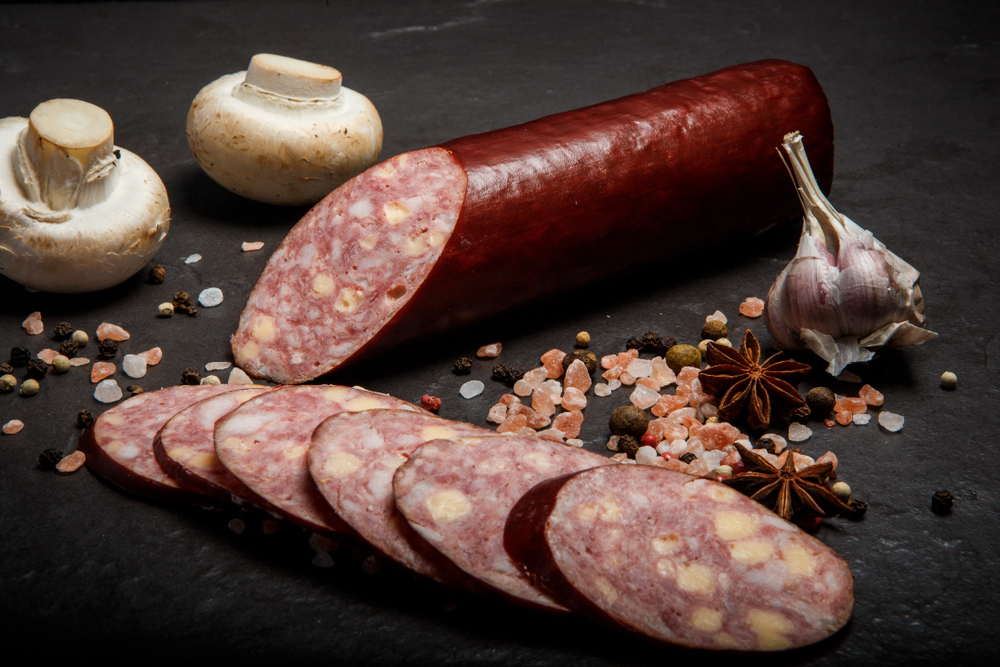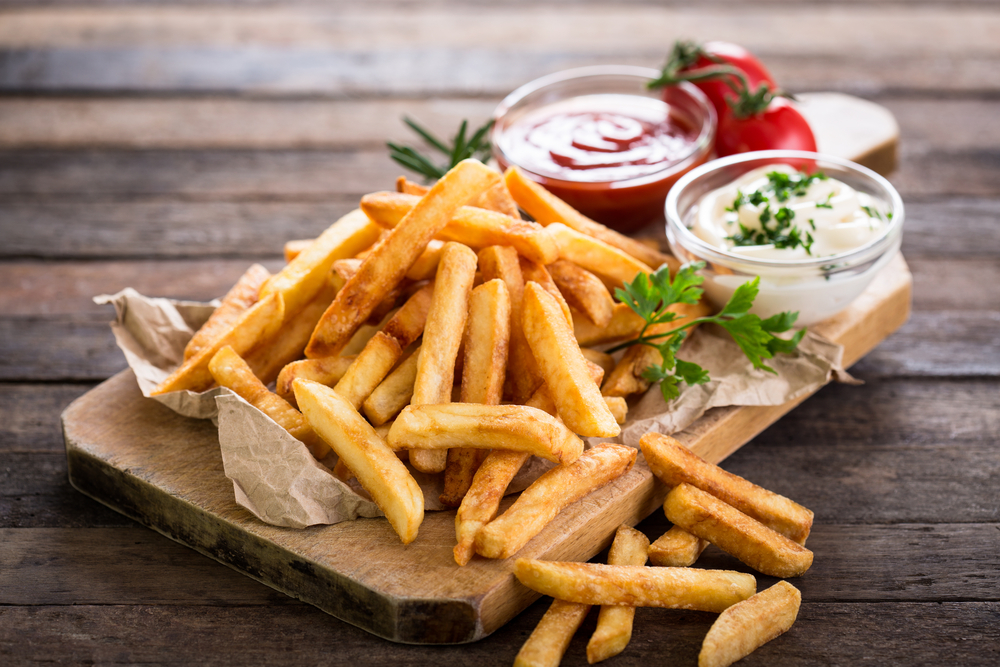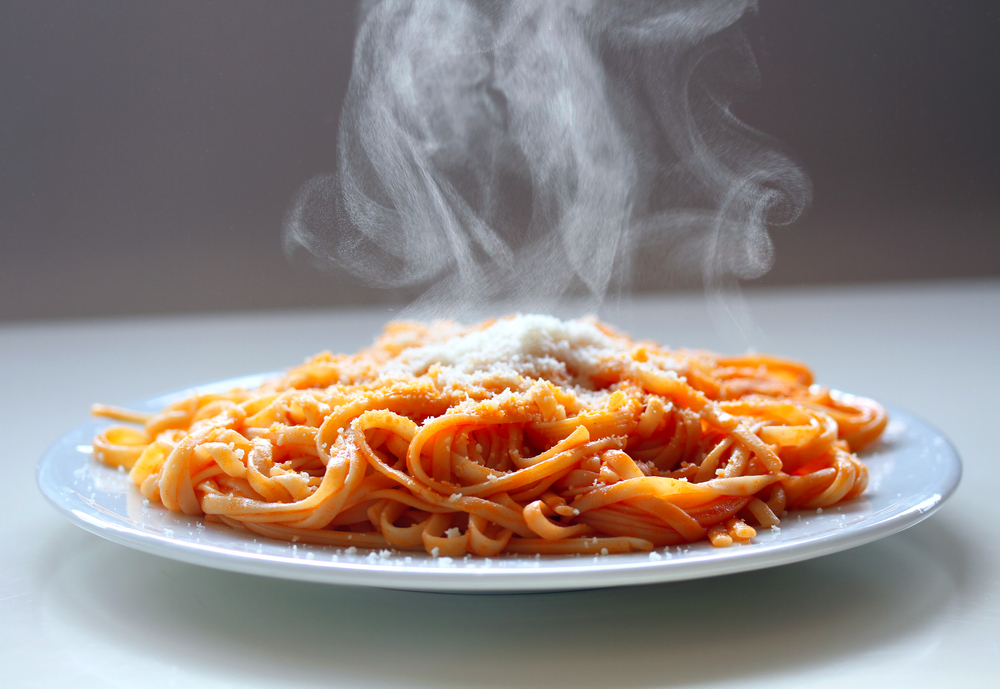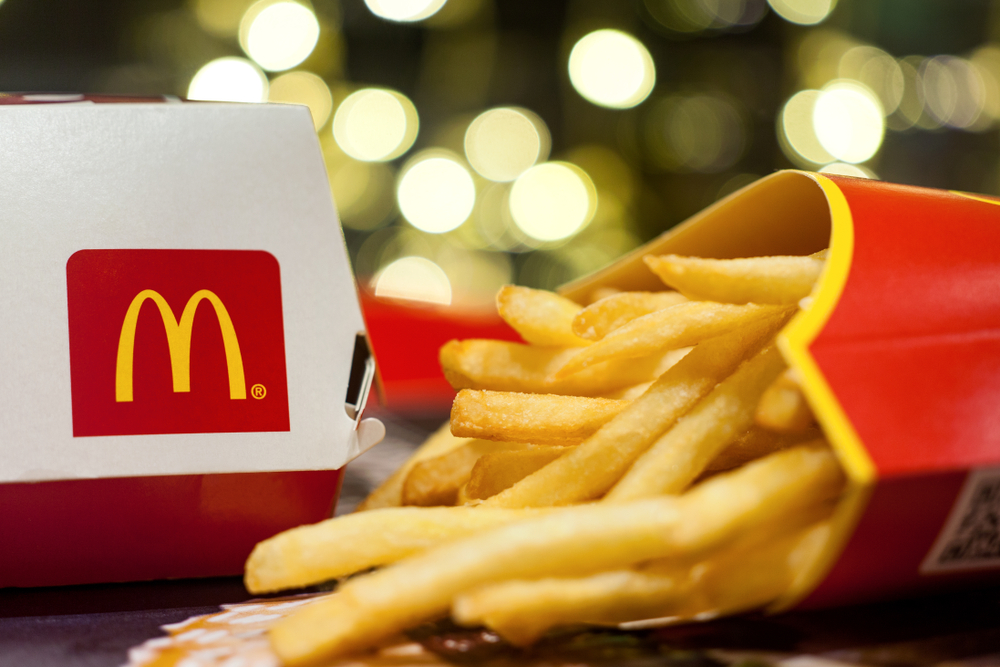I love zucchini! It’s one of my favorite vegetables to eat. But what does it taste like? If you’ve never tried zucchini before, you may be wondering what all the fuss is about.
Well, wonder no more! In this article, I’ll be answering the question, “What does zucchini taste like?” so you can decide for yourself if it’s a vegetable you want to add to your diet.
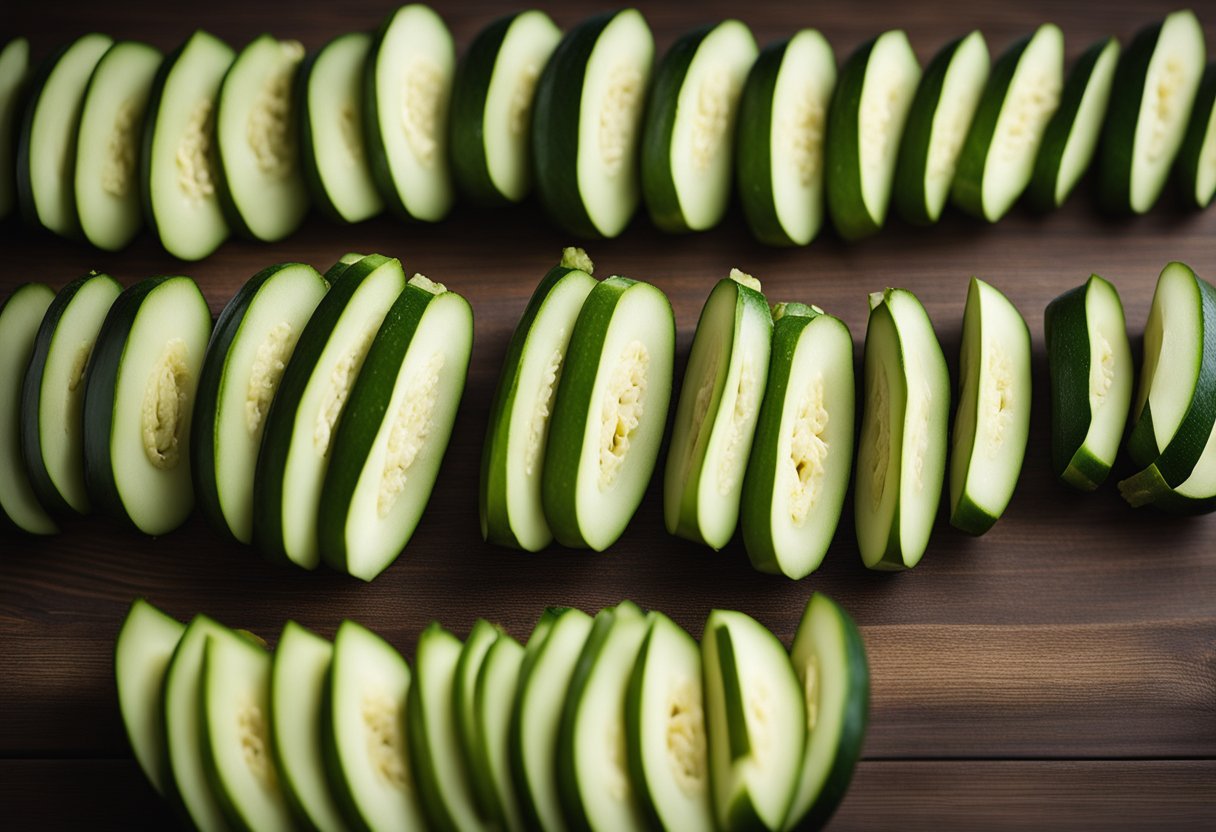
Zucchini is a type of summer squash that’s actually a fruit, but it’s typically treated as a vegetable in cooking. It’s a popular ingredient in many dishes, including stir-fries, salads, and pasta dishes.
Zucchini is also a great source of vitamins, minerals, and fiber, making it a healthy addition to any meal. But what does it taste like? Keep reading to find out!
Key Takeaways
- Zucchini has a mild, slightly sweet taste with a hint of earthiness.
- The texture of zucchini is soft and tender, with a slight crunch from the skin.
- Zucchini is a versatile vegetable that can be used in a variety of recipes and is a great source of nutrition.
Understanding Zucchini
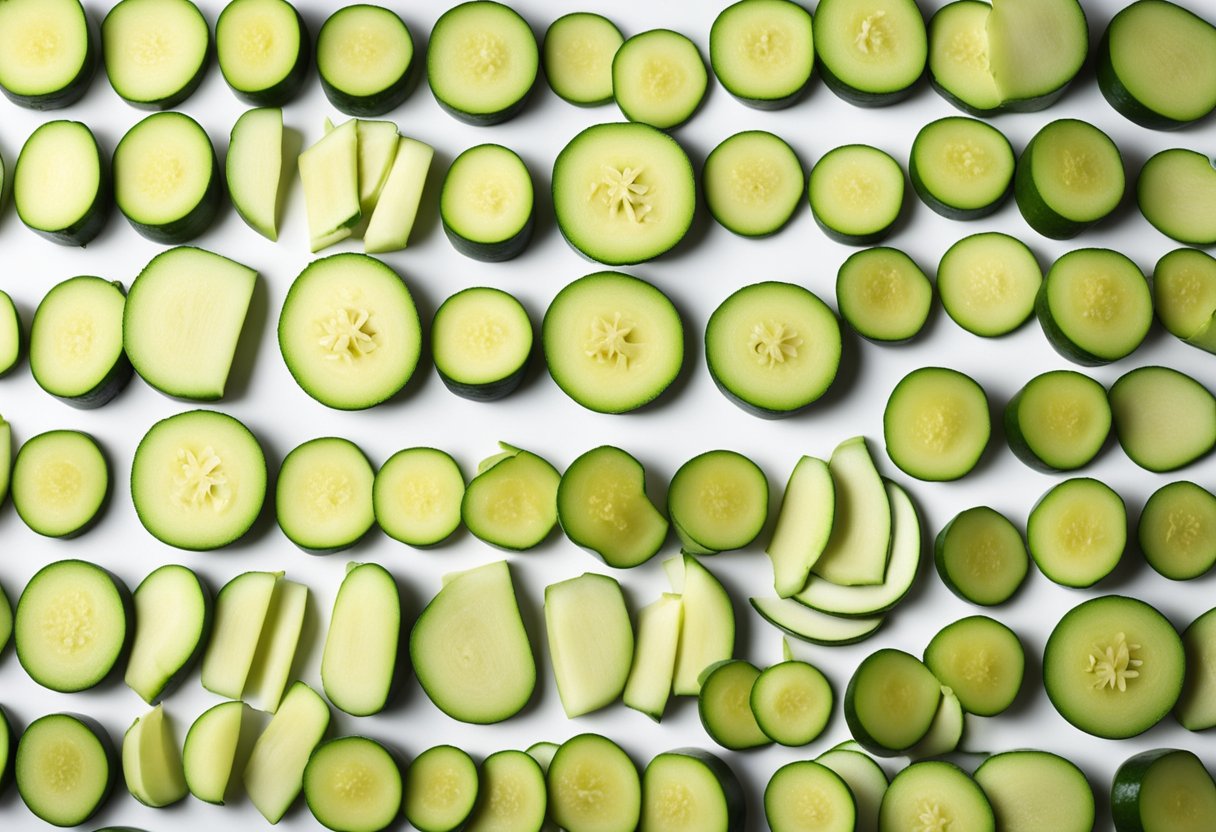
Zucchini is a type of summer squash that belongs to the Cucurbitaceae family. It is a versatile vegetable that can be used in a variety of dishes, including soups, stews, salads, and pasta.
Zucchini has a mild flavor with a hint of sweetness, and it is often compared to the taste of eggplant. It is usually eaten cooked, but it can also be eaten raw. When cooked, zucchini has a tender texture and a slightly sweet taste.
One thing to keep in mind when cooking zucchini is that it contains cucurbitacins, which can cause a bitter taste if consumed in large amounts. However, the levels of cucurbitacins in zucchini are usually low and not harmful.
Zucchini is a fruit, but it is commonly referred to as a vegetable. It originated in Central and South America and was brought to Europe by Christopher Columbus.
Today, zucchini is widely available in grocery stores and farmers’ markets around the world.
When buying zucchini, look for ones that are firm, with no soft spots or blemishes. The skin of the zucchini should be dark green and shiny.
Zucchini can be stored in the refrigerator for up to a week, but it is best to use it as soon as possible for optimal freshness and flavor.
Overall, zucchini is a healthy and delicious vegetable that can be enjoyed in a variety of ways. Whether you are looking to add more vegetables to your diet or simply want to try something new, zucchini is definitely worth a try.
The Taste Profile of Zucchini
As someone who has cooked with zucchini in various recipes, I can confidently say that zucchini has a mild taste profile with a subtle hint of sweetness. Unlike other vegetables, zucchini does not have an overpowering taste.
The texture of zucchini is also unique. The skin of the zucchini is firm and slightly bitter, while the flesh is much softer and lighter in color, usually a pale yellow shade.
When cooked, zucchini can take on a slightly nutty flavor and a soft, creamy texture.
Some people describe the taste of zucchini as earthy or grassy. However, this taste is not overwhelming and is usually only noticeable when the zucchini is eaten raw.
When cooked, the earthy taste becomes less noticeable, and the sweetness of the zucchini shines through.
It is worth noting that the size of the zucchini can affect its taste. Overly large zucchinis tend to be woody and less flavorful. Therefore, it is best to choose smaller zucchinis when shopping for them.
In summary, zucchini has a mild taste profile with a subtle hint of sweetness. The texture of zucchini is soft and creamy when cooked.
While some people may describe the taste of zucchini as earthy or grassy, this taste is not overpowering and is usually only noticeable when the zucchini is eaten raw.
Texture of Zucchini
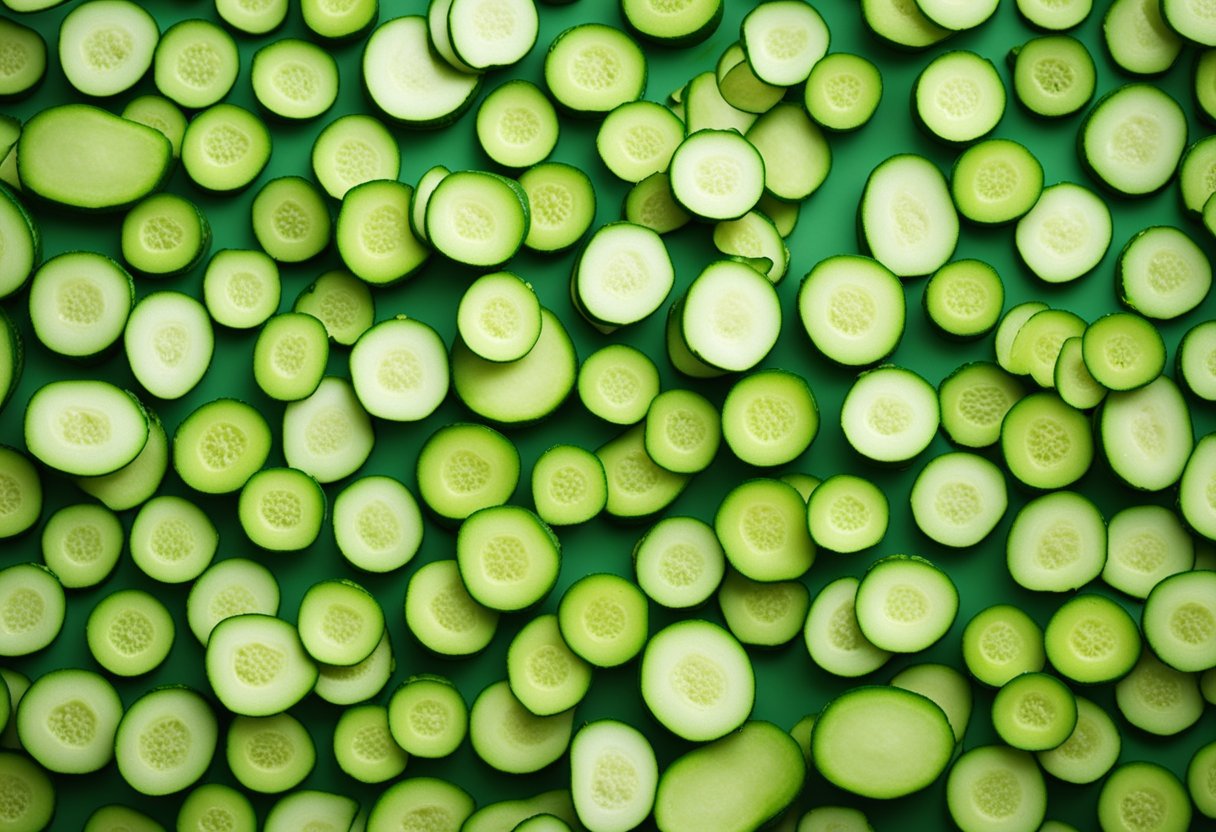
Zucchini has a unique texture that is both tender and slightly crunchy.
The outer skin of the zucchini is firm and slightly rough, while the inner flesh is much softer in texture and lighter in color, usually a pale yellow shade. When cooked, zucchini becomes even softer and creamier.
One of the benefits of zucchini is its high fiber content, both soluble and insoluble. Soluble fiber dissolves in water and forms a gel-like substance in the digestive tract, which helps to slow down the absorption of sugar and cholesterol.
Insoluble fiber, on the other hand, adds bulk to the stool and helps to prevent constipation.
Zucchini is a good source of both types of fiber, with the skin containing more insoluble fiber than the flesh.
This makes zucchini an excellent addition to any diet, especially for those who are looking to increase their daily fiber intake.
Overall, the texture of zucchini is soft and tender, with a slight crunchiness to the skin. Its high fiber content makes it a healthy addition to any meal, and its mild flavor allows it to be used in a variety of dishes.
Raw vs Cooked Zucchini
When it comes to the taste of zucchini, whether it is raw or cooked can make a significant difference. Raw zucchini has a mild, slightly sweet flavor and a crisp texture.
It is often used in salads, as a snack, or as a crudité. Raw zucchini is best served fresh and should be chosen carefully. Choose only the freshest zucchini to serve raw. Zucchini should have a firm texture and no soft or brown spots.
Any bruises or cuts shorten storage life. Storing zucchini in the refrigerator in a perforated plastic bag keeps the squash fresh for up to three days. Trim off the blossom end and stem, but don’t peel the zucchini.
When cooked, zucchini becomes softer and sweeter. Some people prefer the taste of cooked zucchini, while others enjoy it raw in salads or as a snack.
Cooking methods such as sautéing, frying, or grilling can add different flavors and textures to zucchini.
Sautéing zucchini is a popular cooking method that can be done in a pan with a little bit of oil. When sautéed, zucchini takes on a slightly caramelized flavor and a soft texture. It is often used as a side dish or added to pasta dishes.
Frying zucchini is another popular cooking method that can be done in a deep fryer or a pan with oil. When fried, zucchini becomes crispy on the outside and tender on the inside. It is often served as a snack or an appetizer.
Overall, the taste of zucchini can vary depending on whether it is raw or cooked and the cooking method used. Raw zucchini has a mild, slightly sweet flavor and a crisp texture, while cooked zucchini becomes softer and sweeter.
Whether you prefer it raw or cooked, zucchini is a versatile vegetable that can be used in a variety of dishes.
Nutritional Value of Zucchini
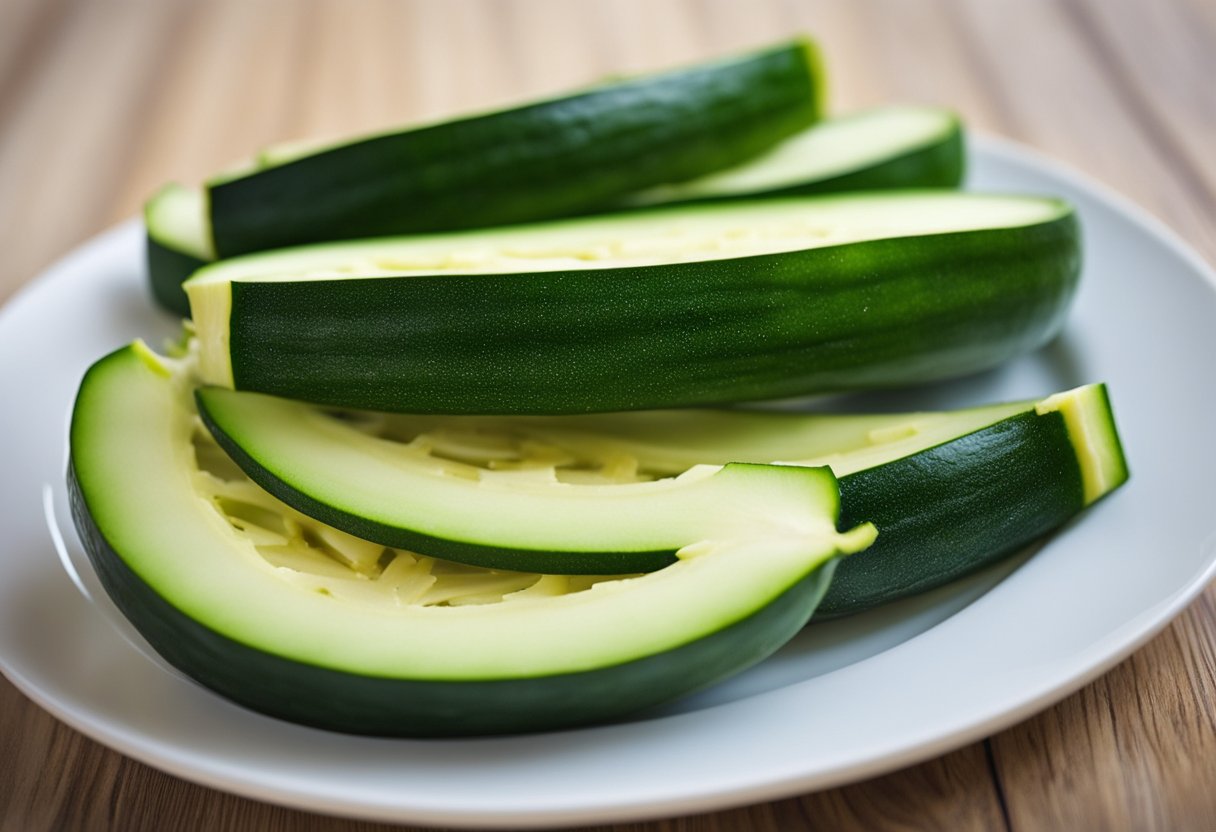
As a nutritionist, I often recommend zucchini to my clients as it is a nutrient-dense vegetable that can be easily incorporated into a variety of meals.
Zucchini is low in calories and high in water content, making it an ideal food for those looking to maintain a healthy weight and stay hydrated. One cup of sliced zucchini contains only 19 calories and 95% water.
In addition to its high water content, zucchini is also a good source of potassium, a mineral that plays a crucial role in maintaining healthy blood pressure levels and supporting heart health.
One cup of sliced zucchini contains 325 milligrams of potassium, which is about 7% of the daily recommended intake.
Zucchini is also rich in vitamin A, which is essential for maintaining healthy vision, skin, and immune system. One cup of sliced zucchini contains 10% of the daily recommended intake of vitamin A.
Furthermore, zucchini is a good source of manganese, a mineral that helps support bone health and aids in the metabolism of carbohydrates and proteins.
One cup of sliced zucchini contains 0.2 milligrams of manganese, which is about 10% of the daily recommended intake.
Zucchini is also a good source of vitamin C, an antioxidant that helps protect the body against damage from free radicals and supports a healthy immune system.
One cup of sliced zucchini contains 35% of the daily recommended intake of vitamin C.
Overall, zucchini is a nutrient-dense vegetable that can provide a range of health benefits, from supporting healthy digestion to aiding in the metabolism of carbohydrates and proteins.
Incorporating zucchini into your meals is an easy and delicious way to boost your nutrient intake and support your overall health.
Zucchini in Recipes
I love using zucchini in recipes! It’s such a versatile ingredient that can be used in both sweet and savory dishes.
One of my favorite zucchini recipes is zucchini bread. It’s a great way to use up extra zucchini and the bread is so moist and delicious.
Zucchini bread is also a healthier alternative to traditional bread because it’s lower in calories and carbs.
Another popular way to use zucchini is to make zucchini noodles, also known as zoodles. These are a great low-carb alternative to pasta and can be used in a variety of dishes.
I love making zucchini noodles with a simple tomato sauce or pesto.
If you’re looking for a refreshing salad, try adding raw zucchini to your greens. It adds a nice crunch and mild flavor to the salad.
You can also try making zucchini boats, which are hollowed-out zucchini halves filled with savory toppings like ground beef or cheese.
Zucchini is also a great addition to soups and sauces. It adds a nice texture and flavor to savory dishes. If you’re looking for a savory zucchini recipe, try making a zucchini lasagna.
Instead of traditional pasta, use thinly sliced zucchini as the noodles.
Overall, zucchini is a great ingredient to use in a variety of dishes. Whether you’re looking for a low-carb alternative to pasta or a way to use up extra zucchini, there are plenty of delicious zucchini recipes to try.
Comparing Zucchini with Other Vegetables
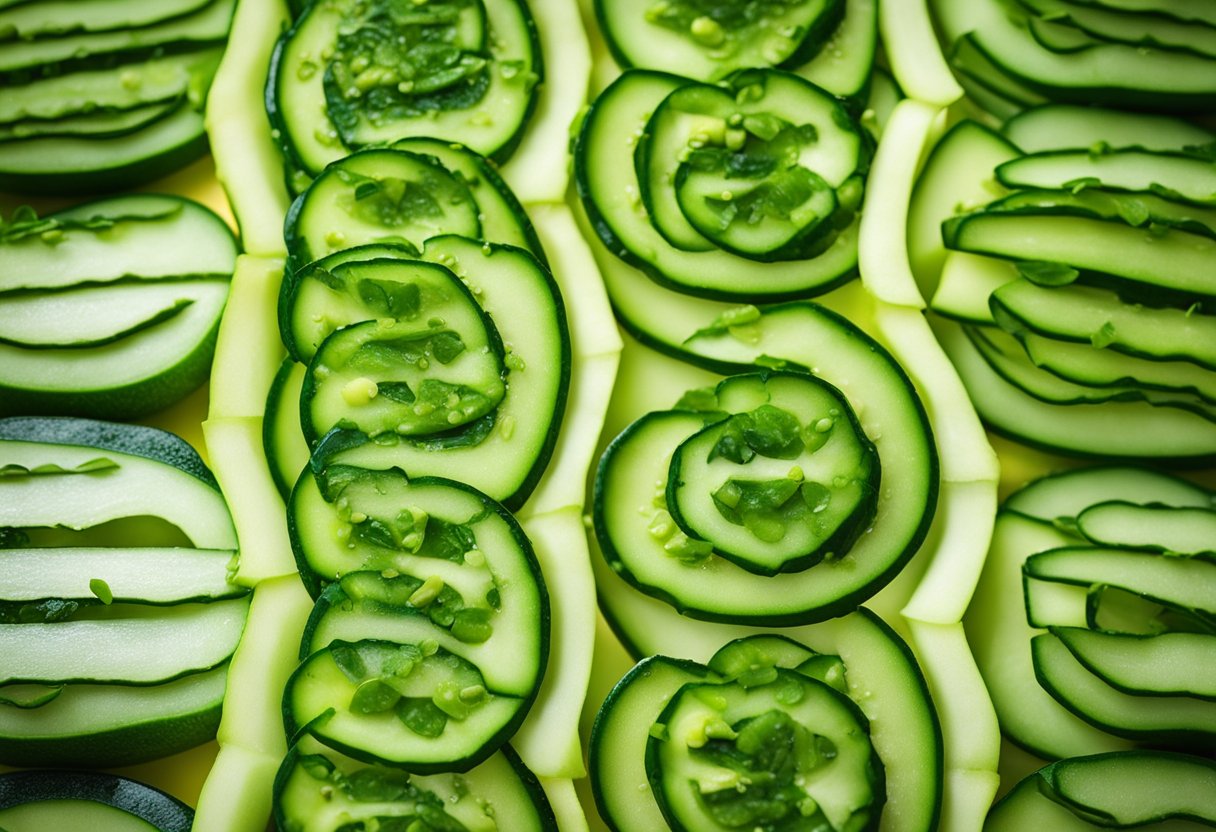
As someone who loves experimenting with different vegetables in the kitchen, I have found that zucchini is a unique and versatile addition to any dish.
When it comes to taste, zucchini has a mild and slightly sweet flavor that is not overpowering. But how does it compare to other vegetables?
Let’s start with cucumber. While cucumber also has a mild flavor, it is slightly more bland compared to zucchini due to its high water content. Cucumber is often used in salads and sandwiches for its refreshing and cool taste.
Squash and yellow squash are both similar to zucchini in taste and texture. They have a slightly sweet and nutty flavor that pairs well with a variety of dishes.
However, they are slightly firmer than zucchini, which makes them great for grilling or roasting.
Pumpkin, on the other hand, has a distinct sweet and earthy flavor that is quite different from zucchini. It is often used in sweet dishes such as pies and bread, but can also be roasted or pureed for savory dishes.
Carrots are another vegetable that is often compared to zucchini. While they both have a slightly sweet flavor, carrots are much firmer and have a more pronounced earthy taste.
Carrots are often used in soups, stews, and salads for their crunchy texture and bold flavor.
When it comes to vegetables in general, zucchini is a great choice for its mild flavor and versatility.
It pairs well with a variety of other vegetables, such as tomatoes, onions, garlic, eggplant, potatoes, sweet potatoes, carrots, corn, peas, and green beans, just to name a few.
Overall, while zucchini may not have the strongest flavor profile, it is a great addition to any dish for its versatility and ability to complement other flavors.
Zucchini in Different Diets
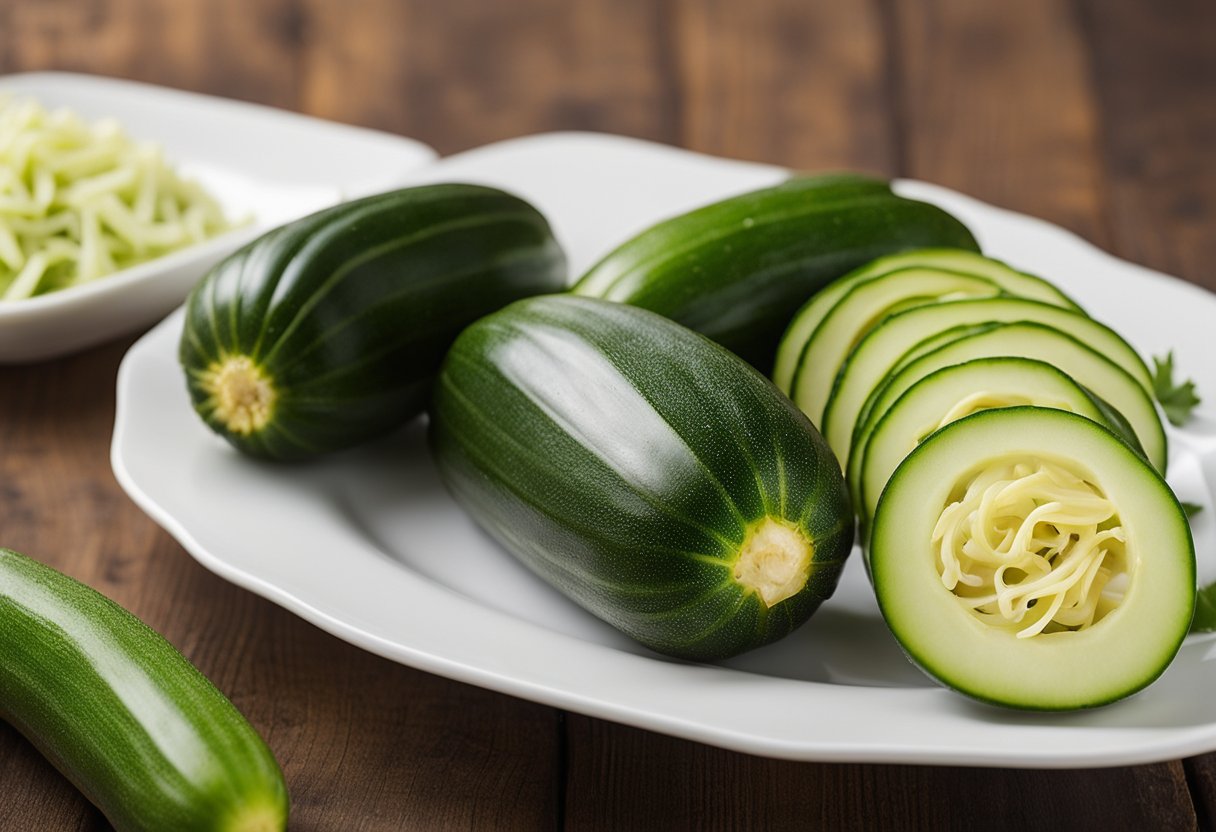
As a versatile vegetable, zucchini can be incorporated into various diets, including vegan and gluten-free diets.
For vegans, zucchini is a great source of nutrients such as vitamin C, potassium, and vitamin B6. It can be used as a substitute for meat in many recipes, such as zucchini noodles in place of spaghetti.
Zucchini can also be used as a base for vegan soups and stews, or roasted and served as a side dish.
For those following a gluten-free diet, zucchini is a great alternative to pasta and bread. Zucchini noodles, also known as “zoodles,” can be made by spiralizing zucchini and using it as a base for dishes such as stir-fries or salads.
Zucchini can also be used as a substitute for bread in recipes such as zucchini fritters or zucchini pizza crust.
Zucchini is also a low-calorie and low-carb vegetable, making it a great option for those looking to lose weight or maintain a healthy diet.
It is high in fiber and water content, which can help with digestion and keep you feeling full.
Overall, zucchini is a versatile and nutritious vegetable that can be incorporated into various diets. Whether you are vegan or gluten-free, zucchini can be used in a variety of recipes to add flavor and nutrition to your meals.
Enhancing the Flavor of Zucchini
As someone who has cooked with zucchini many times, I can confidently say that it has a mild flavor with a hint of sweetness and a slightly grassy or green taste.
However, with the right ingredients and cooking methods, you can enhance the flavor of zucchini and create a delicious and flavorful dish.
One easy way to enhance the flavor of zucchini is to cook it in butter. Butter adds richness and depth to the flavor of zucchini. Simply sauté sliced zucchini in butter until it is tender and slightly browned.
You can also sprinkle some grated parmesan cheese on top of the zucchini for an extra burst of flavor.
Another way to enhance the flavor of zucchini is to use spices and herbs. Zucchini pairs well with a variety of spices, including garlic, cumin, and paprika.
You can also add fresh herbs like basil, thyme, or rosemary to your zucchini dish for an extra layer of flavor.
If you’re feeling adventurous, you can even try adding chocolate to your zucchini dish. Chocolate and zucchini may seem like an unlikely combination, but it can work surprisingly well.
Simply melt some dark chocolate and drizzle it over roasted or grilled zucchini for a unique and delicious flavor experience.
Overall, zucchini may have a mild flavor on its own, but with the right ingredients and cooking methods, you can enhance its natural taste and create a flavorful and satisfying dish.
Zucchini Preparation and Storage
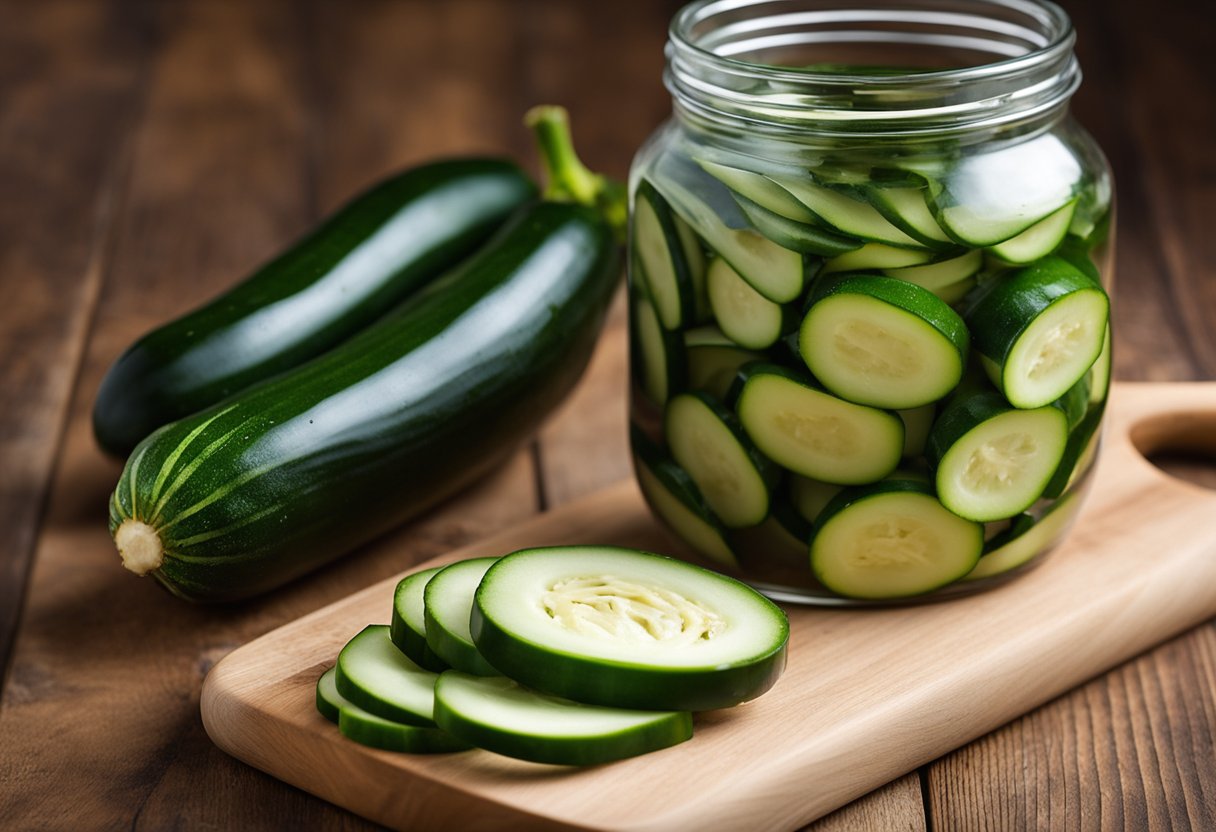
When it comes to preparing zucchini, there are several ways to do it. You can roast it, grill it, sauté it, or even eat it raw in salads.
The key is to not overcook it, as it can become mushy and lose its flavor. I prefer to cut it into thin slices, sprinkle some salt and pepper, and sauté it in olive oil until it’s slightly browned.
When it comes to storing zucchini, the best place to keep it is in the refrigerator. You can store it in the crisper drawer, away from produce with a high water content, to prevent it from getting extra moisture.
Don’t wash it before storing, as this can cause it to spoil faster.
If you have excess zucchini, you can also freeze it for later use. Simply slice it into rounds or cubes, blanch it in boiling water for a few minutes, then place it in a freezer-safe bag or container and store it in the freezer.
It can last up to 10 months in the freezer.
Here are some quick tips for zucchini preparation and storage:
- Cut it into thin slices for sautéing or grilling.
- Store it in the refrigerator in the crisper drawer.
- Don’t wash it before storing.
- Freeze excess zucchini for later use.
Frequently Asked Questions
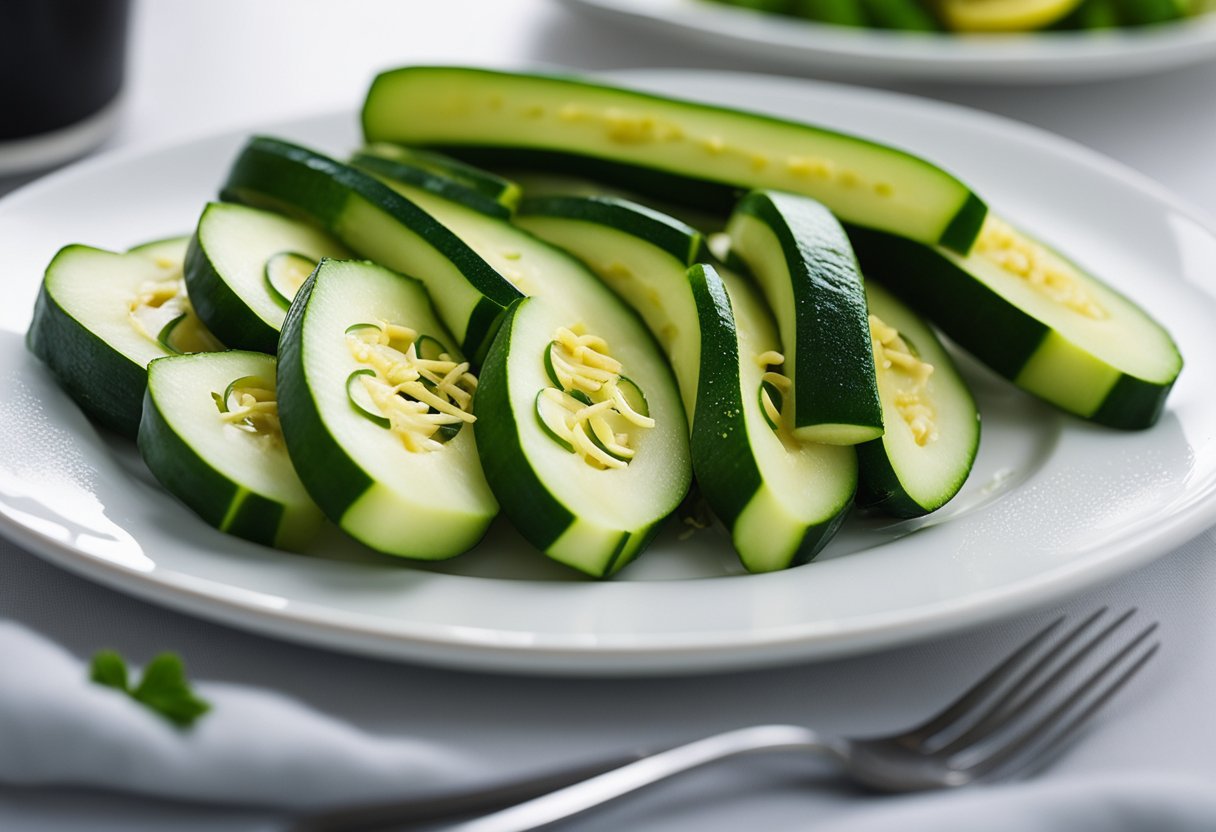
What are the benefits of eating zucchini?
Zucchini is a low-calorie vegetable that is rich in fiber, vitamins, and minerals. It can help regulate digestion, lower cholesterol levels, and improve heart health.
Additionally, it contains antioxidants that may help prevent certain types of cancer.
What is the texture of zucchini?
Zucchini has a firm, dark green outer skin that provides a slight bit of crunch, while the inner flesh is much softer in texture and lighter in color, usually a pale yellow shade.
The texture of zucchini can vary depending on how it is cooked, but it is generally tender and easy to chew.
How does yellow zucchini differ from green zucchini?
Yellow zucchini is a variety of zucchini that is similar in taste and texture to green zucchini but has a slightly sweeter flavor and a brighter color. It also contains more vitamin A than green zucchini.
Is zucchini a fruit or a vegetable?
Zucchini is technically a fruit because it develops from the flower of the zucchini plant and contains seeds.
However, it is commonly referred to as a vegetable because it is used in savory dishes and has a mild flavor that complements other vegetables.
What are the differences between zucchini and cucumber leaves?
Zucchini leaves are larger and have a rougher texture than cucumber leaves. They also have a slightly different shape, with more pointed tips.
Additionally, zucchini leaves are edible and can be used in cooking, while cucumber leaves are not typically consumed.
Do zucchini and squash taste similar?
Zucchini and squash are both members of the same family of vegetables and have a similar texture, but they have slightly different flavors.
Zucchini has a mild, slightly sweet taste, while squash has a slightly nutty flavor. However, they can be used interchangeably in many recipes.




